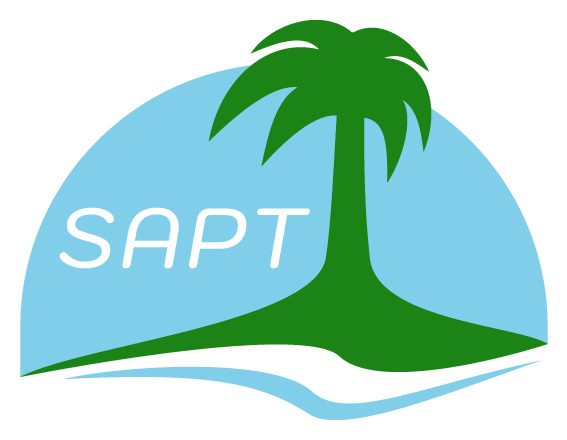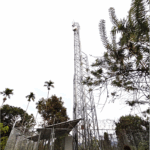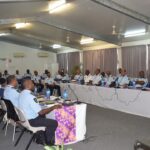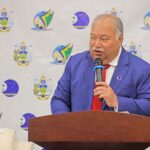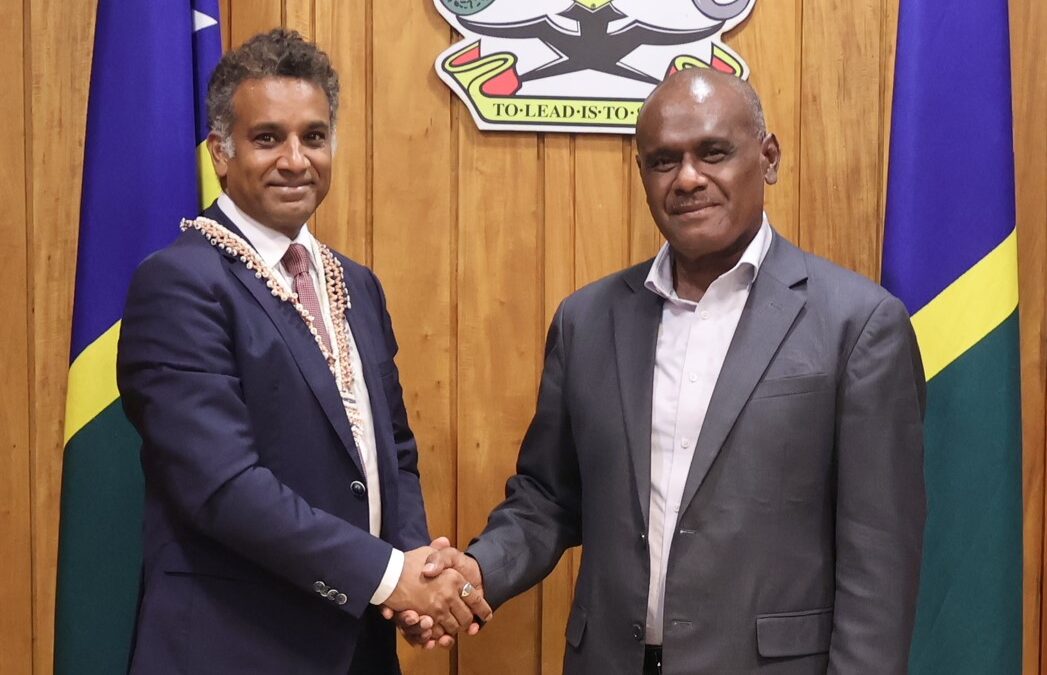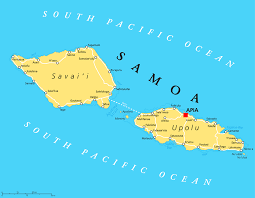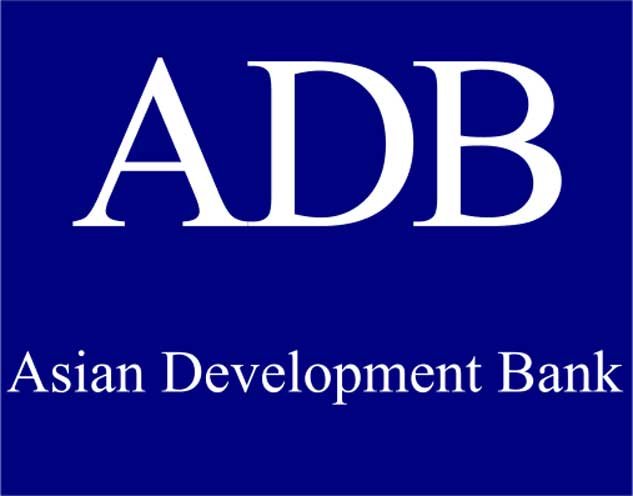Dr Xiaoyun Si, Medical Ph.D. & M.D.
Chief physician, Department of Cardiology Affiliated Hospital of Guizhou Medical University (GMU)
Paroxysmal Supraventricular Tachycardia (PSVT) is a type of abnormal heart rhythm characterized by sudden, rapid heartbeats originating from the upper chambers of the heart. While pharmacological treatments are generally effective, some patients may experience resistance or unwanted side effects from medications. This article delves into readily accessible non-pharmacological techniques that can be mastered and applied at home to help PSVT patients.
The Valsalva Maneuver:
The Valsalva maneuver, a non-invasive approach, is often the initial choice of treatment for PSVT. This maneuver helps stimulate the vagus nerve, effectively slowing down the heart rate and restoring a normal rhythm. To perform it, follow these steps:
Inhale deeply.
Exhale forcefully against a closed mouth and nose, simulating the act of pushing as if having a bowel movement.
Maintain this strain for 15 to 20 seconds.
Release by opening your mouth or nose to breathe out.
Repeating the maneuver 3-4 times can successfully reduce a rapid heart rate within approximately one minute. However, it is important to exercise caution if you have high blood pressure or other cardiovascular conditions such as heart valve disease, coronary artery disease, or congenital heart disease.
Carotid Artery Massage:
Carotid artery massage is a procedure that can be tried by family members to assist PSVT patients. It involves gently massaging the carotid artery with three fingers on one side of the neck for 5-10 seconds while closely monitoring the patient’s heart rhythm and blood pressure. This procedure stimulates the vagus nerve, slowing the heart rate and relieving PSVT symptoms. However, it should only be performed under the guidance of a healthcare provider.
Cough Technique:
For those experiencing PSVT episodes at home, the cough technique can provide simple relief. Coughing forcefully several times can stimulate the vagus nerve and help restore a normal heart rhythm. However, be cautious not to overuse this method, as excessive coughing can be harmful.
Mental Relaxation and Deep Breathing:
Mental relaxation and deep breathing exercises can help alleviate anxiety and stress associated with PSVT. Find a quiet room, close your eyes, and take deep breaths to calm yourself. These techniques can be employed to facilitate a return to normal heart rhythm.
Lifestyle Adjustments:
Preventing PSVT episodes is possible through lifestyle adjustments. Limit the intake of caffeine and alcohol, which can trigger PSVT. Maintain a regular daily routine and avoid excessive exhaustion. Establishing a consistent lifestyle pattern is beneficial for heart health.
Seeking Medical Assistance:
In cases where the non-pharmacological methods discussed above do not control PSVT, it is crucial to seek emergency medical help. When PSVT patients experience life-threatening arrhythmias at home, do not hesitate to call for professional medical assistance.
Conclusion:
Understanding non-pharmacological approaches for managing PSVT is essential, especially for family members with loved ones who have this condition. The techniques described in this article, including the Valsalva maneuver, carotid artery massage, coughing, mental relaxation, and lifestyle adjustments, are suitable for patients with mild PSVT episodes. In severe cases, prompt medical attention is vital. Regular communication with healthcare providers is crucial to develop an appropriate treatment plan. Maintaining a positive outlook and following medical advice are key to effectively managing PSVT.
(Translated by HUANG BAILIN, International Office, Guizhou Medical University)
